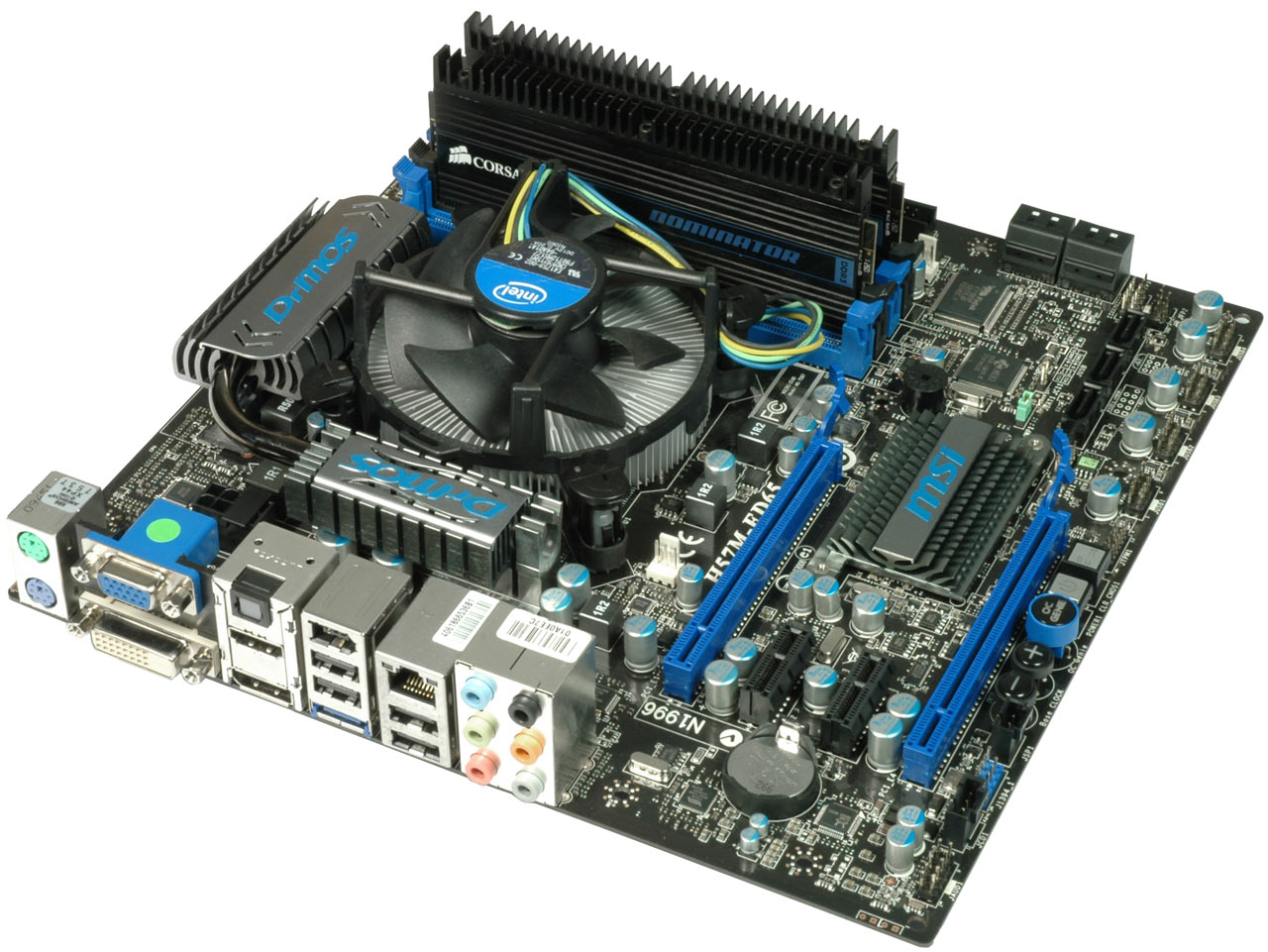Maximum Efficiency: Build A 25W Performance PC Using Core i5
The 25W PC Is Real
Back in late 2008, we ran an article showing how an efficient power supply, low-end motherboard, and entry-level Core 2 Duo could reach less than 40W system idle power. Then we took the test config and proved that a Core 2 system provides power consumption similar to that of a cheap, Atom-based desktop solution, even busting Atom in performance per watt. The introduction of the Core i5/i3 Clarkdale dual-cores with the H55/H57 chipset and on-package integrated graphics marks the next step. Systems at 30W and less are now within reach for everyone. We wanted to go even lower this time around and set 25W as the target—but at zero compromise.
Why Do I Care?
I should clarify that (apart from a discussion about global environment concerns) there's no urgent need to achieve the lowest power consumption possible on your desktop PC. This is is an optional and voluntary item. An average desktop PC requires between 45W and 60W, as long as it's employing integrated graphics and mainstream components. If you add powerful graphics and more capable hardware, you'll be at 80W and up. In this context, 50W is perfectly okay for a modern PC without serious 3D graphics. But why not pay attention to system power if it doesn't cost anything or jeopardize performance or features?
A 30W (versus 50W or higher) system idle power draw will mean only small savings on your energy bill, but it will introduce some added advantages. The most important of these certainly is the drop in required cooling. A 30W idle translates into slower-spinning fans, both on the processor and throughout the system. Another direct advantage is lower noise levels, as temperature controlled coolers have less work to do. Even passively-cooled PCs are clearly within range at 30W, although such systems typically come at a price premium.
25W PC Idle Power
Reaching almost 30W system-wide idle power was possible with Core 2 Duo when using a motherboard with integrated graphics and an efficient power supply. Of course, such a system could only deliver mainstream performance, and almost always entailed a reduced feature set. For example, G31 integrated graphics might only sip a few watts, but the IGP was already old fashioned at the time of our original article.
Today’s 25W idle power target is obtainable thanks to the new Core i3/i5 Clardale-based processors and the H55/H57 chipset. This platform offers the best overall efficiency today. With additional measures, such as slight undervolting or smart component choices, we could actually go even lower. However, it's amazing that we can reach such low system power without jeopardizing performance or features.
Get Tom's Hardware's best news and in-depth reviews, straight to your inbox.
Naturally, you won’t get quad-core performance and 3D graphics horsepower; we’re talking about mainstream components, the performance you'd expect from a dual-core CPU, and premium features. Let’s have a look at no-compromise computing at unbelievably low power.
